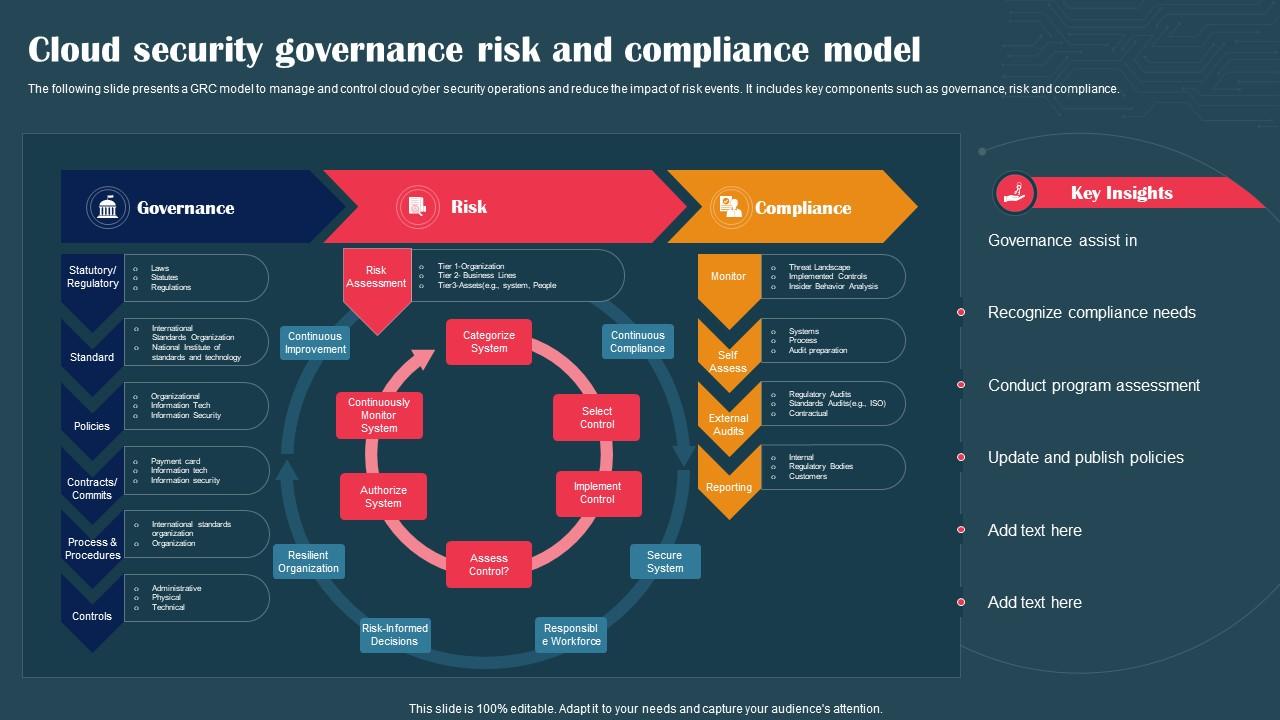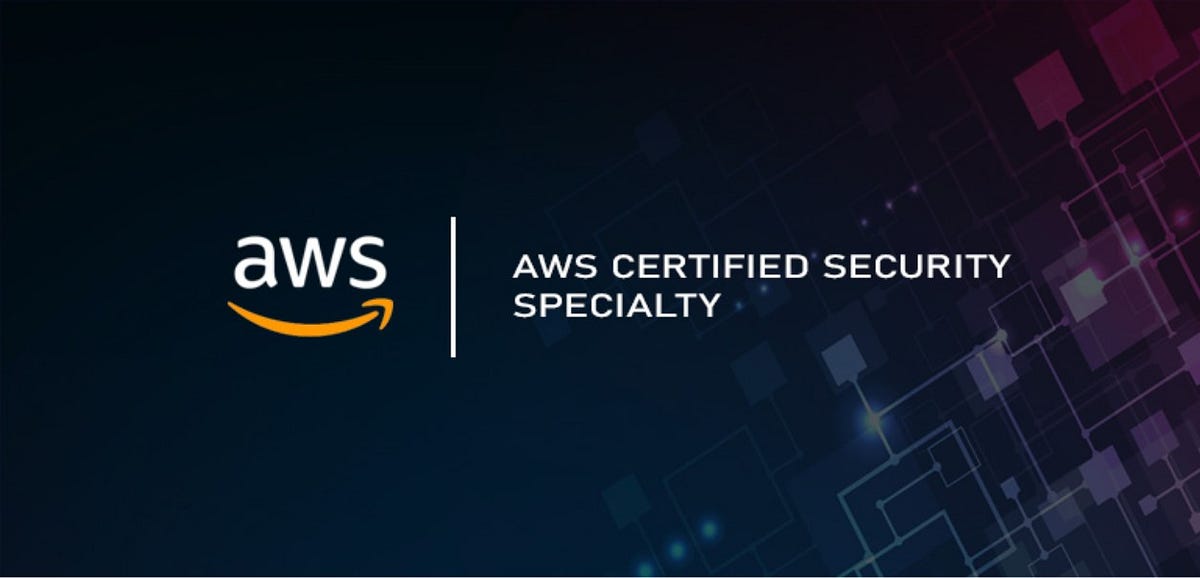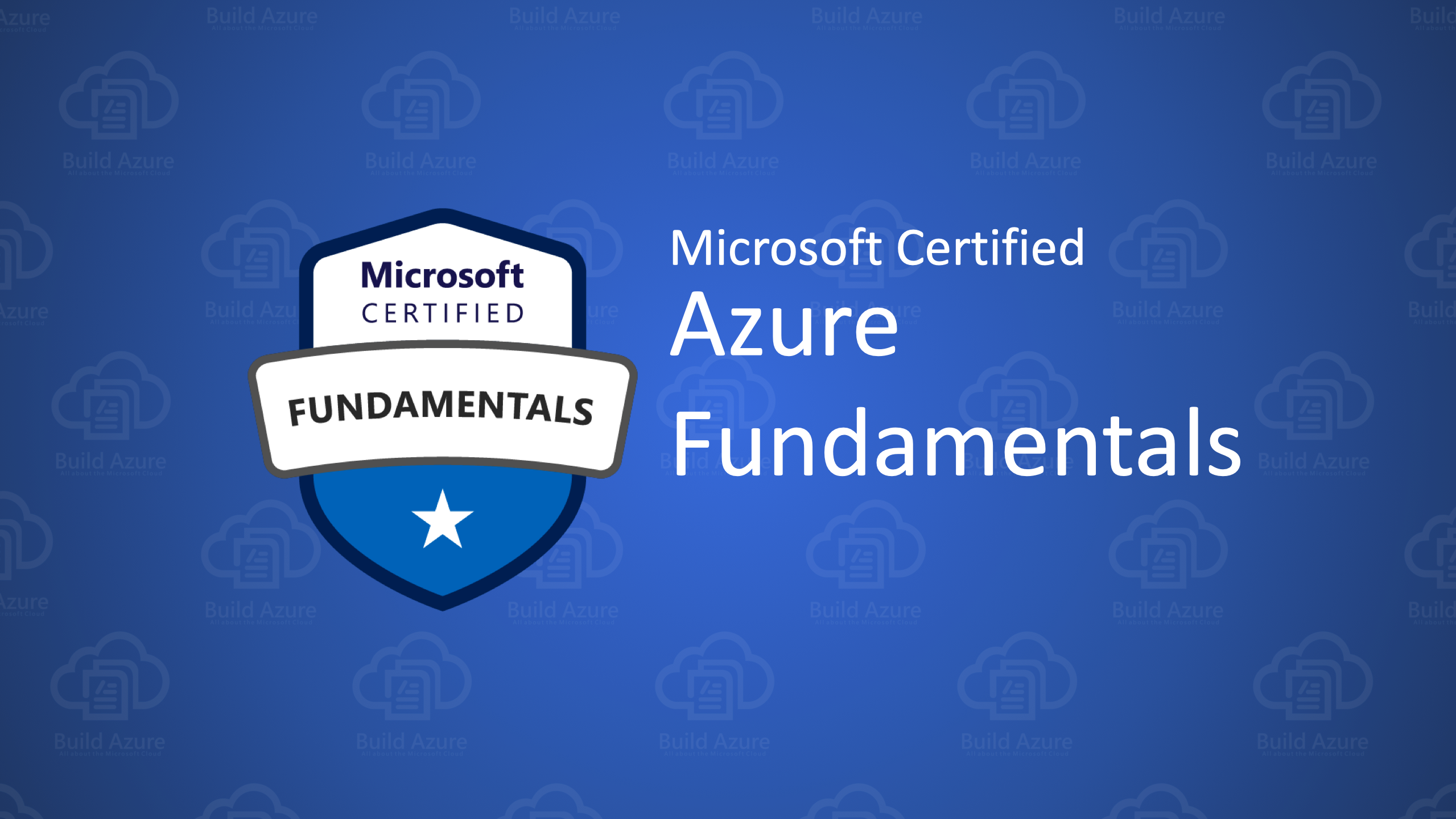Description
Introduction:
Cloud governance is critical for ensuring that cloud environments are managed effectively, complying with regulatory requirements, and mitigating risks. This course provides a comprehensive overview of cloud governance, focusing on the development and implementation of policies, compliance strategies, and risk management practices in cloud environments. Participants will learn how to establish governance frameworks, enforce security and compliance measures, and manage risks associated with cloud computing. The course is designed for IT managers, cloud administrators, compliance officers, and risk management professionals who need to ensure that their cloud operations are secure, compliant, and well-governed.
Prerequisites:
- Basic Knowledge of Cloud Computing: Understanding of cloud computing concepts, including service models (IaaS, PaaS, SaaS) and cloud infrastructure.
- Experience with Cloud Platforms: Familiarity with cloud platforms such as AWS, Azure, or Google Cloud.
- Understanding of IT Security and Compliance: Basic knowledge of IT security principles and compliance requirements.
- Experience in Risk Management: Familiarity with risk management practices and strategies is beneficial.
Table of Content:
- Introduction
1.1. Overview
1.2. Importance of Governance in Cloud Environments
1.3. Key Components
1.4. It’s Frameworks and Models
- Developing Cloud Governance Policies
2.1. Establishing Governance Objectives and Goals
2.2. Defining Roles and Responsibilities
2.3. Creating and Implementing Cloud Policies and Procedures
2.4. Policy Enforcement and Monitoring
2.5. Case Studies: Effective Cloud Governance Policies
- Compliance in Cloud Environments
3.1. Understanding Cloud Compliance Requirements
3.2. Key Regulations and Standards (GDPR, HIPAA, CCPA, etc.)
3.3. Implementing Compliance Controls and Practices
3.4. Conducting Compliance Audits and Assessments
3.5. Case Studies: Compliance Challenges and Solutions in Cloud
- Risk Management in the Cloud
4.1. Identifying and Assessing Cloud Risks
4.2. Developing Risk Management Strategies and Plans
4.3. Implementing Risk Mitigation and Control Measures
4.4. Monitoring and Reporting Cloud Risks
4.5. Case Studies: Risk Management Best Practices in Cloud Environments
- Cloud Security Governance
5.1. Overview
5.2. Implementing Security Policies and Controls
5.3. Managing Access and Identity in Cloud Environments
5.4. Data Protection and Encryption Strategies
5.5. Case Studies: Cloud Security Governance and Best Practices
- Cost Management and Financial Governance
6.1. Understanding Cloud Cost Structures and Management
6.2. Implementing Budgeting and Cost Control Measures
6.3. Monitoring and Reporting Cloud Expenses(Ref: Cloud-Native Applications: Developing for the Cloud)
6.4. Financial Governance Best Practices
6.5. Case Studies: Effective Cost Management
- Incident Management and Response
7.1. Developing Incident Response Plans for Cloud Environments
7.2. Incident Detection, Reporting, and Resolution
7.3. Managing Cloud Security Incidents and Breaches
7.4. Post-Incident Analysis and Lessons Learned
7.5. Case Studies: Incident Management and Response in Cloud
- Compliance Automation and Cloud Tools
8.1. Leveraging Cloud-Based Tools for Compliance Automation
8.2. Implementing Automated Governance and Compliance Solutions
8.3. Tools and Technologies for Cloud Compliance Monitoring
8.4. Integrating Compliance Automation with Cloud Services
8.5. Case Studies: Automation and Tools
- Future Trends in Cloud Governance
9.1. Emerging Trends and Technologies in Cloud Governance
Conclusion:
This certification equips professionals with the essential skills to establish effective this frameworks, ensuring compliance and managing risks in cloud environments. By mastering these competencies, candidates can lead initiatives that enhance organizational accountability and foster responsible cloud usage.
Reference







Reviews
There are no reviews yet.